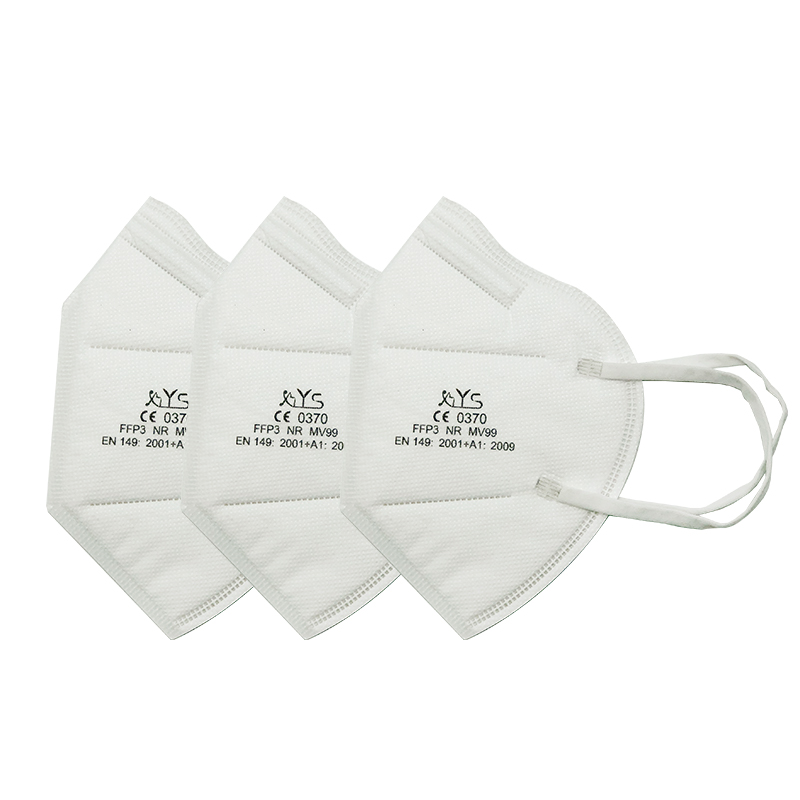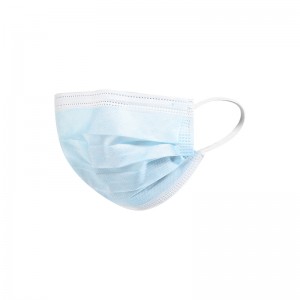Different types of FFP3 masks use different filter materials. The filtration effect is not only related to the particle size of the particles, but also affected by whether the particles contain oil. FFP3 masks are typically graded based on filtration efficiency and classified based on their suitability for filtering oily particles. Non-oily particles include dust, water-based mist, paint mist, oil-free smoke (such as welding smoke) and microorganisms. Although "non-oily particulate matter" filter materials are more common, they are not suitable for handling oily particulate matter, such as oil mist, oil fume, asphalt smoke and coke oven smoke. Filter materials suitable for oily particles can also effectively filter non-oily particles.
FFP3 Face mask Usage:
1. Purpose: FFP3 masks are designed to prevent or reduce dust in the air from entering the respiratory tract, thereby protecting individual life safety.
2. Material: Anti-particulate masks are usually composed of two layers of inner and outer non-woven fabrics and a middle layer of filter cloth (melt-blown cloth).
3. Principle of filtration: Filtering fine dust mainly relies on the filter cloth in the middle. Meltblown cloth has electrostatic properties and can absorb extremely small particles. Since fine dust will adhere to the filter element, and the filter element cannot be washed due to static electricity, the self-priming filter anti-particulate respirator needs to regularly replace the filter element.
4. Note: The international requirements for the use of anti-particulate masks are very strict. They are the highest level of personal protective equipment, superior to earmuffs and protective glasses. Authoritative testing and certification include European CE certification and American NIOSH certification. China's standards are similar to American NIOSH standards.
5. Protection objects: Protection objects are divided into two categories: KP and KN. KP type masks can protect against oily and non-oily particles, while KN type masks can only protect against non-oily particles.
6. Protection Level: In China, the protection levels are divided into KP100, KP95, KP90 and KN100, KN95, KN90.

Accept OEM/ODM Customized!
Welcome to contact us!



Leave Your Message:
-
Black Disposable 3-Ply Face Mask | Black Surgic...
-
Customized 3ply Disposable Facemask for Kids
-
Black Disposable 3-Ply Face Mask
-
Cartoon Pattern 3ply Kids Respirator Disposable...
-
≥94% Filtration 4-Layer Protection Disposable K...
-
Safe and Effective Medical Face Masks


















